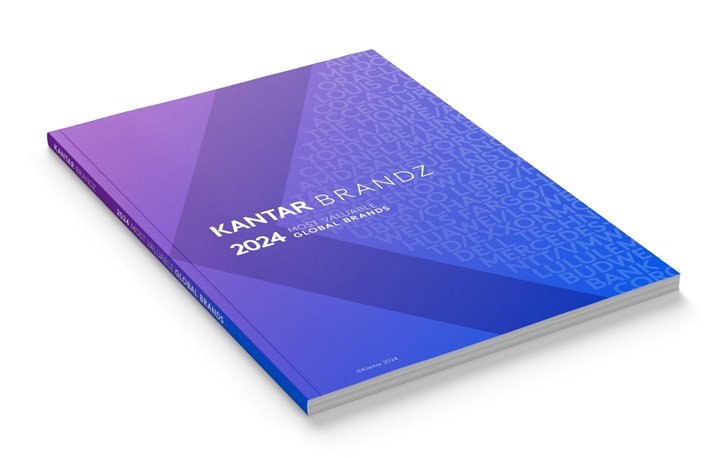As brands shape up for the year ahead, three things stand out: volatility, meaning macro instability; variability, meaning market disparities, and viability, meaning economic prospects.
This year marks an inflection point, a shift away from the pricing-led growth strategies favored by many brands in the first part of this decade. Following the pandemic, much of the organic growth achieved by top global fast moving consumer goods brands has come from higher prices rather than from increased unit volume. Some firms have grown only by offsetting unit volume declines with hefty price increases.
The limits of this growth strategy have been reached. Consumers feel tapped out. Retailers are pushing back. Investors are looking harder at fundamentals. As a result, brands must reset and reinvent their value propositions, and they must do so in the macroeconomic context of volatility, variability, and viability.
Volatility
Since the turn of the 21st century, the marketplace has undergone a stark turn from relative stability to high volatility. The World Uncertainty Index, shown below, is calculated by researchers who use Economist Intelligence Unit data to gauge the level of business-climate uncertainty in countries around the world. Results across the 143 countries are analyzed and then compiled into a global index.

As can be seen, the most noteworthy shift lies in the increase in the volatility of uncertainty from the 2000s to today, rather than in the pitch of the overall upward trendline. The swings between highs and lows have increased substantially since the year 2000, both in frequency and in range. In other words, global uncertainty is bouncing around from extreme highs to extreme lows – and doing so often. This is a tough environment for brand planning and operations.
Contrast this dynamic to the period of relative stability from the mid-1980s to the financial crisis. This era is now known as the Great Moderation, during which disruptive volatility was less frequent and less erratic. This was the period in which most of today’s operating models were developed, raising the question of fitness for a marketplace of high volatility.
Brands can prepare, by investing in a strong, durable brand asset that does not seesaw unsteadily by over-reacting to macro volatility.
Variability
Fallout from the pandemic has eroded a core presumption of the modern economic era: that globalization will be a unifying force synchronzing market economies for the better. Instead, supply chain snarls, extreme weather events, regulatory disparities and geopolitical tensions (including an uptick in armed conflicts) have frayed the ties of globalization. All of this has left the global economy more exposed to variable market conditions and divergent economic agendas.
2024 promises to continue this dynamic. Over 70 national elections are taking place this year, affecting two billion people and many of the world’s biggest economies. Historically, election years spark restrictive trade and immigration policies designed to garner votes. This political calculus is sure to exacerbate today’s trade tensions at a time when global trade in goods remains well below its peak, notwithstanding a solid recovery from the pandemic. Global digital trade is booming, but it remains a small percent of global GDP.
Brands can prepare, by operating flexibly and benchmarking brands relative to local contingencies, while also stockpiling a reserve of resources and goodwill against local shocks.
Viability
In January, the World Bank headlined its Global Economic Prospects press release with the doleful declaration, ‘Global Economy Set for Weakest Half-Decade Performance in 30 Years’. It projects 2024 global growth at 2.4%, down from 2.6% in 2023 and three-quarters of a percentage point below the average of the 2010s. For advanced economies, the growth forecast is a mere 1.2%.
Even worse, the World Bank predicts that people in 25% of developing countries and 40% of low-income countries will be worse off by year-end than they were pre-pandemic in 2019.
The US is expected to remain strong enough to forestall an outright global recession. But the Eurozone, UK, China, Japan and emerging markets will struggle. Globally, inflation and unemployment, though declining, will remain high.
It’s not all gloom, however. There are some encouraging structural changes emerging on the horizon. For example, AI could boost global GDP significantly through greater efficiencies, fewer errors, less waste and better real-time decision-making. And Goldman Sachs estimates that GLP-1 weight loss drugs could boost US GDP by a percentage point.
Other structural changes are daunting. The lowest-spending age cohort, older consumers, is the fastest-growing worldwide. Lower fertility rates and delayed marriages mean slower household formation and will result in age pyramids featuring a smaller percentage of consumers of prime spending age. Not to mention the impact of climate change on infrastructure, financial stability, agricultural resiliency and population migration.
Brands can prepare by doubling down on demand fundamentals – penetration, visibility, differentiation – to secure a bulwark against economic jeopardies.
Ultimately, whether in good times or bad, brands must be in the business of adding value, never subtracting. In the macroeconomy to come, this is more important than ever.
This article was originally published in the Kantar BrandZ Most Valuable Global Brands Report 2024.



